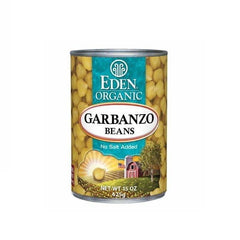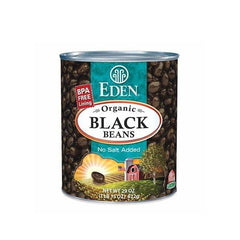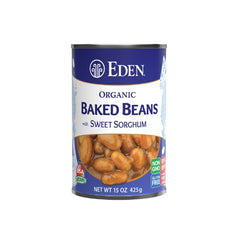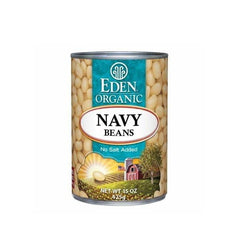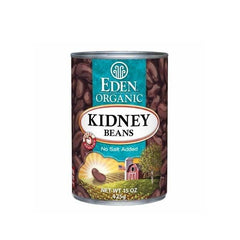Explore...
First cultivated in South America thousands of years ago and a portable source of protein, fiber, and carbohydrates, it’s no surprise that red kidney beans have made their way into cuisines throughout the world. Beans are hearty, affordable, and delicious. Whether in a bowl of peas and rice from Jamaica, Rajma (an Indian curry), or a good old-fashioned dish of Texas-style chili or baked beans, red kidney beans are a beautiful and tasty addition to your table.
Experience...
Red kidney beans hold up well to simmering, have a smooth texture, and like most beans, are very versatile. They are fantastic additions to soups, stews, curries, and side dishes, but they are equally great as a filling for burritos or blended into a dip or spread. Their deep red color will make your culinary creations pop!
Basic Cooking Instructions:
Empty can, drain, rinse, and add to your recipe.
Storage Information:
Refrigerate any unused portion in a separate container.
Allergen Information:
Coming Soon.
Recipes:
Coming Soon.
Discover...
Healthy Facts:
-
Beans are gluten free and low fat.
-
They are a good source of protein with 1 cup providing 15grams of protein. When paired with rice or other whole grain, kidney beans provide a complete vegetarian source of protein.
-
According to the Heart and Stroke Foundation, a vegetarian-based diet can help reduce the risk of heart disease and stroke by contributing to lower blood pressure, lower cholesterol, and lower weight.
-
Kidney beans are good sources of both soluble and insoluble fiber. A high fiber diet has been shown to reduce cholesterol and blood pressure, improve digestion, help to lower blood sugar levels, and contribute to healthy weight.
-
Dark-skinned beans such as red kidney and black beans contain anthocyanin – an antioxidant that fights free radical damage in your body.
-
Kidney beans have a special fiber that is ‘prebiotic’. Prebiotics feed the beneficial bacteria in your digestive system, helping to keep it in balance and promote good health.
-
Beans are a good source of folate, an important nutrient for heart health. Folate supports cardiovascular health by breaking down homocysteine, too much of which is associated with heart disease and stroke.
Cool Facts:
-
Kidney beans are named for their shape – they are kidney shaped!
-
Beans are known as one of the ‘Three Sisters’ in Native American cultures. Rather than plant single crops in a field, the ‘Three Sisters’ – or maize, squash, and beans - were planted together because they had mutually beneficial properties.
-
Beans need to be soaked before cooking. This reduces cooking time, makes them easier to digest, and reduces some of their ‘flatulent’ properties
-
With all their many shapes, colors, and sizes, common beans such as pinto, navy, black, and kidney are actually all related and originated in Mesoamerica – an area extending from Mexico to Costa Rica.
-
Over time and distance, the common bean diversified, growing larger as it moved south. Smaller black, navy, and pinto beans remained in Central America, while larger red and white kidney beans have been traced back to the Andes region in South America.











